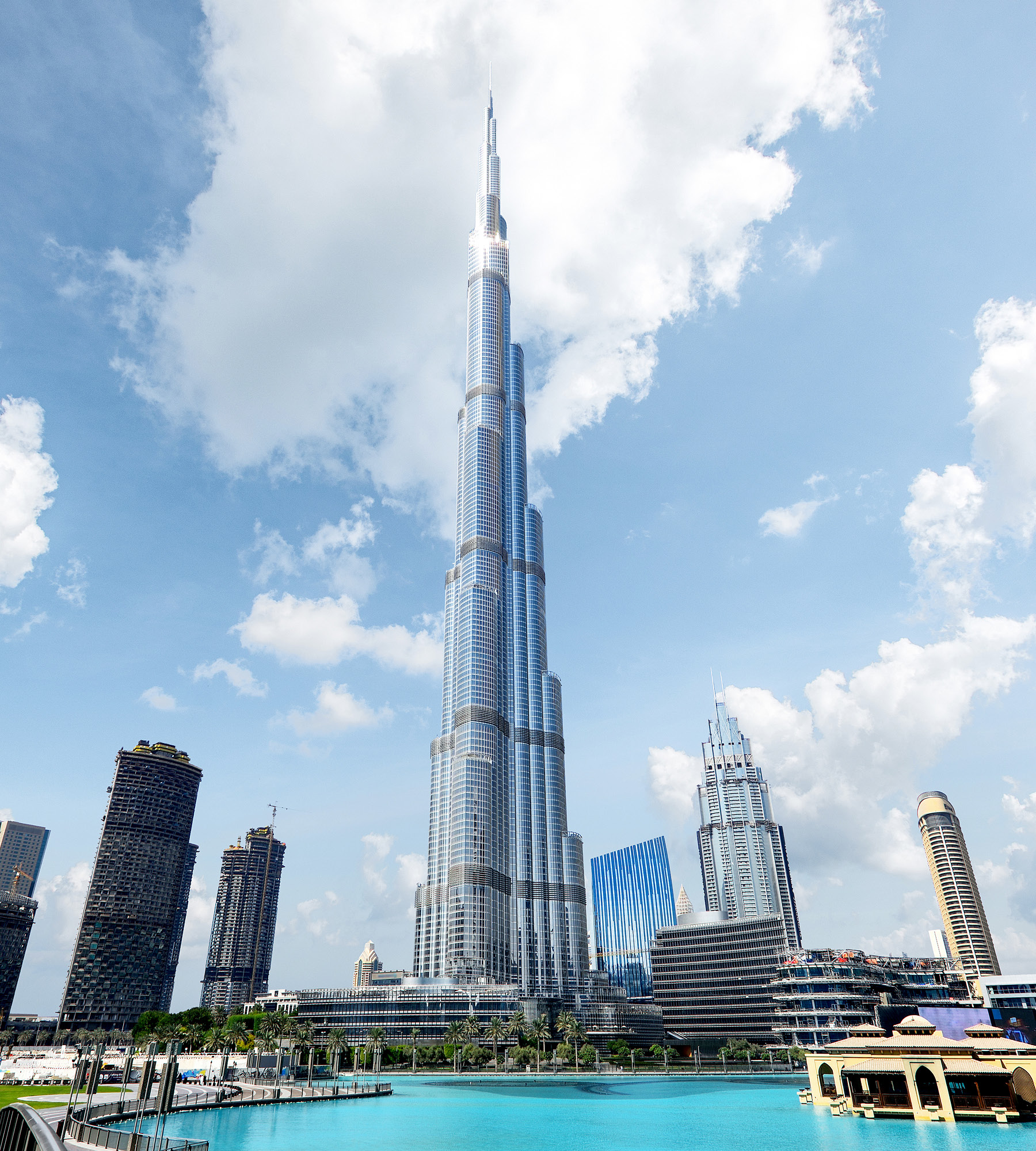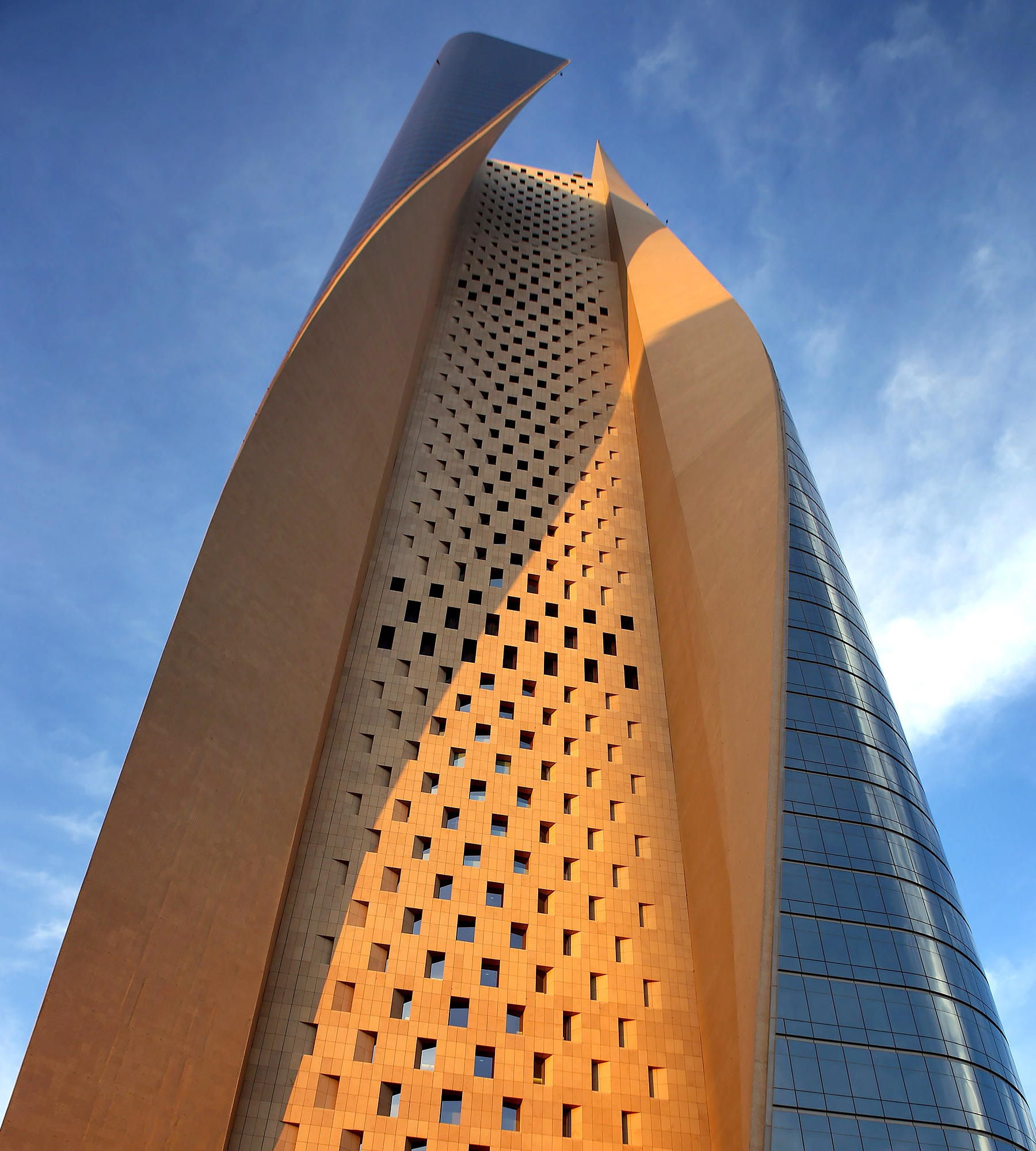Language
You can read the magazine in one of the following languages
There’s something addictive about watching a tower crane in action; these graceful giants have a self-building mechanism that helps them conquer heights and their gravity-defying precision allows them to move heavy loads around with accuracy.
Just as the buildings of the Middle East have become taller, more daring and increasingly imposing, so too have the cranes that help to make them a reality. From the pulley systems first utilized by ancient Mesopotamians as early as 1500BC, to the larger capacity of modern hydraulic cranes we see today, the technology behind them is as futuristic as the buildings springing up all over the region with their help.
Indeed, as Middle Eastern countries seek to diversify their economies from the traditional mainstay of oil, tourism and real estate are taking center stage, with demand for cranes and lifting equipment soaring as a result. Although the COVID-19 pandemic saw many projects put on hold, there is movement once again and the outlook is promising.
A study by ResearchAndMarkets.com forecast the construction equipment market in the Gulf Cooperation Council would be valued at US$3722.2 million with a volume of 99,829 units by 2027. In line with this, companies such as Thunder Cranes, Haraket and Sparrow are investing heavily in the region.
When we look up with awe at the majestic towers that map the skyline of the Middle East, let us not forget the unsung heroes that made these buildings a reality.

An account of constructing the world’s tallest building – taller than its peers by 200 meters – is no longer just that; it’s a saga of historical value. The Burj Khalifa, standing majestically at 828 meters, holds several world records – it is the tallest free-standing structure, has the largest number of stories, the highest occupied floor and the tallest service elevator, to name a few.
What is not on record is how the Burj created an entire town around itself; Downtown Dubai, including the Dubai Mall, The Address Hotels, Mohammed Bin Rashid Boulevard, and Old Town grew along with the Burj.
The construction involved the use of three tower cranes and 35 workers, functioning round the clock. While assembling the cranes was uncomplicated, dismantling the cranes from such a height was an achievement in itself. This was done over a period of years and with the help of smaller cranes that were sent up to share the load.

The Royal Clock Tower of Mecca rises regally over the town with splendid views of the Grand Mosque of Mecca, an incredible 601-meter tall structure with four huge clock faces that make the building the highest clock tower in the world.
The spire of the tower is eight stories high and is mounted by a radiant crescent moon that opens to shower the town with light at night. The building houses a huge mall, a luxury hotel and several premium residences.
While the giant clock was installed with the help of jib cranes that were secured by 23 wire rope hoists and positioned at various levels of the tower, the crescent moon, which was made of five gilt segments, was assembled methodically by luffing jib cranes.

At 425 meters, Marina 101 is the second tallest building in the United Arab Emirates after the Burj Khalifa. With a five-star hotel and hundreds of premium apartments coming up, Marina 101 is expected to be the next trailblazer of Dubai.
When compared to other high-reaching structures, Marina 101 was much narrower and located in the district of Dubai Marina, which imposed limitations on the use of external and internal cranes and machinery.
Two Potain tower cranes – one internal and the other external – were used along with four external hoists. This site also holds the distinction of having Dubai’s tallest crane with its tower crane reaching a height of 465 meters.

Kuwait’s tallest building is also the tallest curved skyscraper in the world. Standing tall at 414 meters, the Al Hamra is not your regular skyscraper. Its unique twisted design gives the building a sheen that makes it come alive when you look up at the glass and concrete structure.
While Al Hamra’s exterior was designed with a self-climbing formwork that reduced the use of cranes, the building used two tower cranes and two placing booms to construct a solid framework.

The tallest fully residential building in Dubai, and among the tallest in the world, the Princess Tower – at a height of 413 meters – is one of the most sought-after addresses in the United Arab Emirates.
This landmark apartment complex has a perfect location in Dubai’s Marina district and offers 763 residential units on 101 floors with high-speed elevators, indoor and outdoor pools, sports facilities, shopping and educational facilities, and a mosque.
A Potain tower crane, MR 160C, was used throughout the construction of this tasteful tower. Such cranes are capable of lifting heavy weights and can self-build to take the construction project to the next level.

